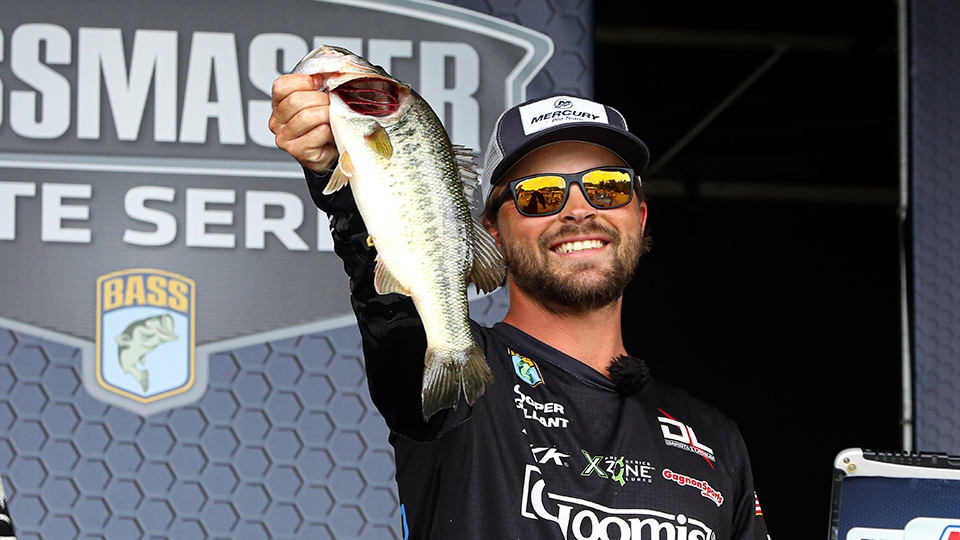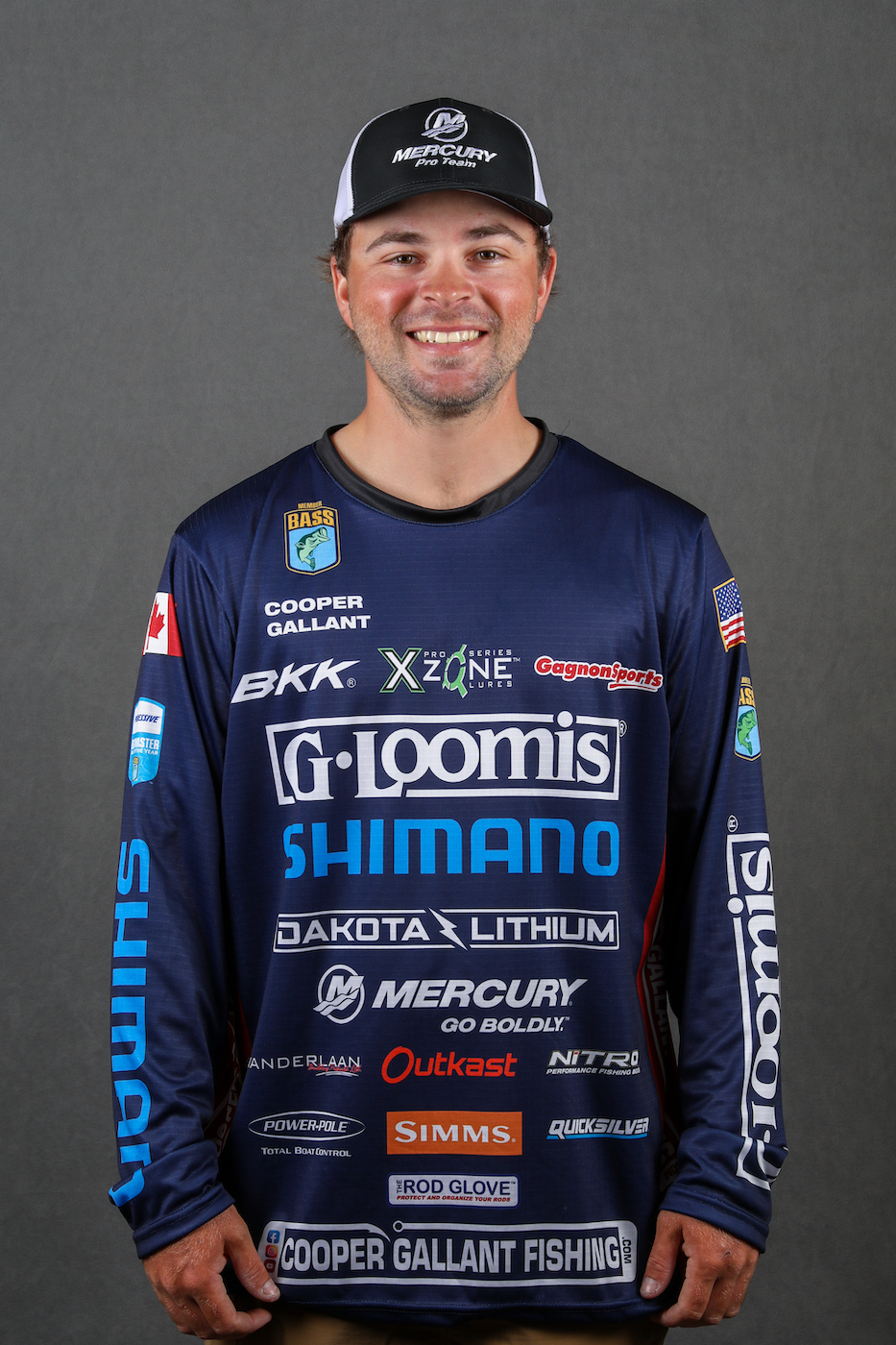
I started snowboarding competitively all across Ontario with my older brother Colin when I was 13. We were part of a group of snowboarding buddies. We called ourselves 905 Boarding because we all lived in the 905 area code.
I began making YouTube videos of our snowboarding adventures right off and worked hard to make them unique. Filming and making videos quickly became a passion. Since I also had a passion for fishing, I was soon filming fishing videos as well.
In 2022 I did a series of YouTube videos called The Elite Series Chase. After qualifying for the Elite Series that year, I changed the title to simply The Chase.
Fishermen are always chasing something, whether it’s the next big bite, a blue trophy or a Bassmaster Classic win. My dad, Carey, films me when I’m fishing the Elite Series.
Our love for multispecies fishing encouraged my brother and I to make another YouTube series titled Road Trip. We do three episodes a year. We’re basically scratching fishing adventures off of our bucket list with friends and family. You can find all of my videos on YouTube under Cooper Gallant Fishing.
Season four of Road Trip includes a trip to Africa where we fished for shark off the beach, peacock bass fishing in Brazil and casting for pike and lake trout in the Northwest Territories.
This season I plan to change things up a bit with The Chase, which is presented by G. Loomis, one of my tournament sponsors. Each video runs 30 to 50 minutes and showcases the passion I have for tournament fishing.
Past episodes consisted of about 85% on-the-water footage and the rest off the water. This year I want to make 50% of the content to be off the water, behind the scenes stuff. It will include what we do when we’re not fishing, travel days and other Elite Series pros.
I edit the videos and try to get them posted as soon as I can. As much as I love producing videos, it’s stressful to edit them between tournaments. To edit two full-length videos takes me about two weeks.
I typically have to sort through one to two terabytes of footage to get the material I need. It takes another day to offload that footage to hard drives. The actual editing takes four to five days.
The upside to editing the videos is that I get to relive the tournaments. Sometimes the videos point out mistakes I’ve made while competing. That happened when I edited a video last year after an Elite Series tournament on the Sabine River.
I rolled up to a little clump of pads and threw a Horny Toad over it. A 4-pounder blew up on the bait but missed it. A bass of that size on the Sabine is a game changer.
I threw the Horny Toad back out there, and the bass missed it again. I followed up with a stickbait. The bass came up for the bait before it even hit the water and missed it again.
I reeled in and threw a frog on top of the pads. My dad was in a chase boat and had his video camera zoomed in on the frog. The bass blasted the frog just as I twitched it off the edge of a pad and into open water.
I set the hook and had him for a second but he came off. When I watched the video later, I learned that the frog had not completely cleared the pad when the bass nabbed it.
I should have waited an extra second or two before setting the hook. That fish would have jumped me 32 places and cashed me a check.
Besides being a passion, making videos absolutely helps me attract and retain sponsors. The impact of social media grows every year. Part of our job as tournament anglers is to use these platforms to promote and sell our sponsors’ products.





